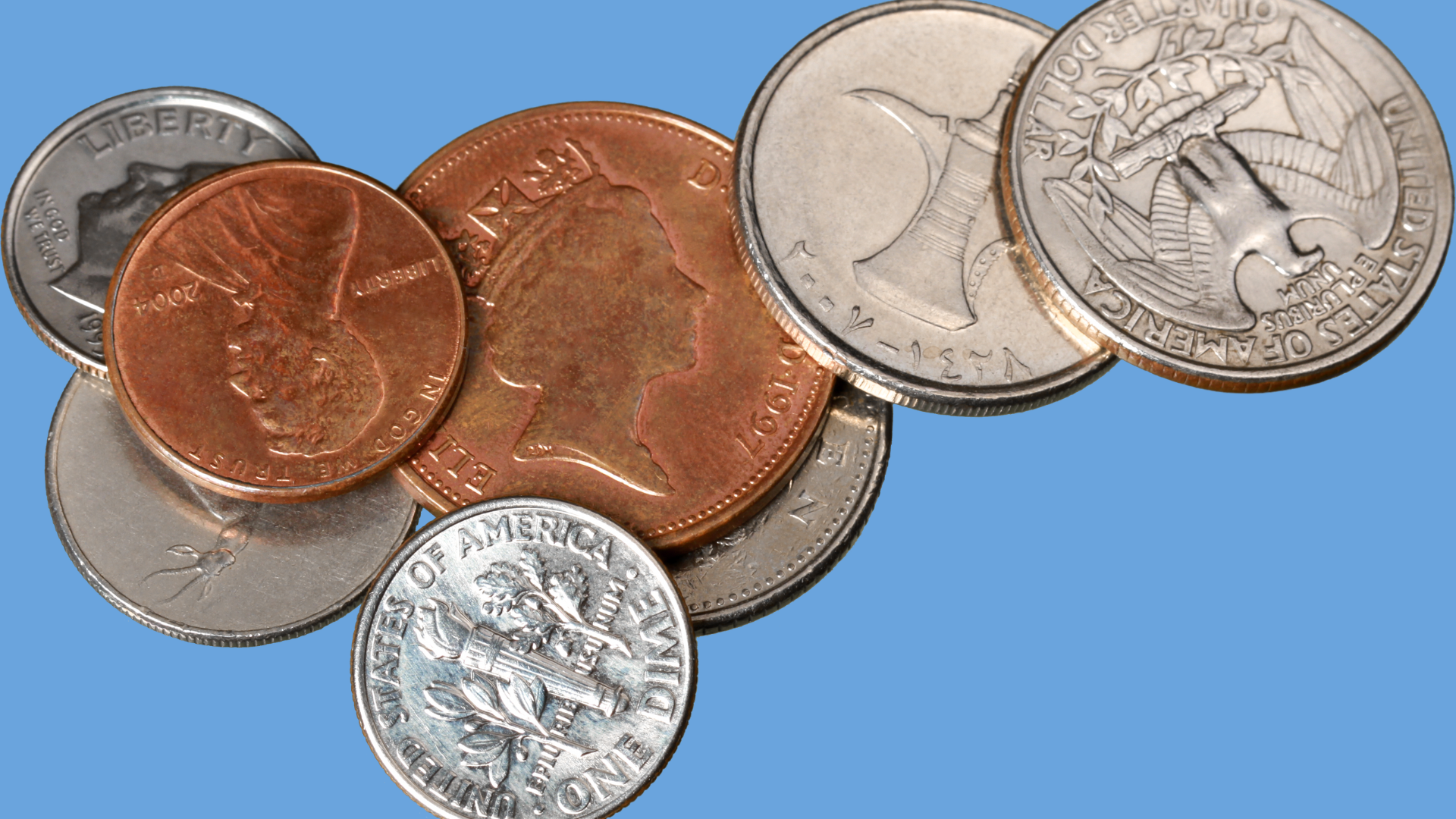All Country Currency Symbols: A Comprehensive Guide for Developers and Businesses
In the world of international commerce and finance, understanding currency symbols is crucial. Every country has its own unique currency symbol, which is used to represent its currency in transactions and financial documents. In this guide, we'll explore the currency symbols of all countries, providing developers and businesses with a comprehensive resource for understanding global currencies.

Understanding Currency Symbols
Currency symbols are shorthand abbreviations used to represent different currencies. They are typically composed of one, two, or three letters, and in some cases, they may include special characters or symbols. For example, the currency symbol for the United States dollar is "$," while the symbol for the Euro is "€."
Importance of Currency Symbols
Currency symbols play a vital role in international trade and finance. They help prevent confusion between different currencies and ensure that transactions are conducted accurately. For businesses operating in multiple countries, understanding currency symbols is essential for managing finances and pricing products and services.
List of Country Currency Symbols
Here is a list of currency symbols for countries around the world:
- United States Dollar (USD) $
- Euro (EUR) €
- British Pound Sterling (GBP) £
- Japanese Yen (JPY) ¥
- Australian Dollar (AUD) $
- Canadian Dollar (CAD) $
- Swiss Franc (CHF) CHF
- Chinese Yuan (CNY) ¥
- Indian Rupee (INR) ₹
- Russian Ruble (RUB) ₽
- Brazilian Real (BRL) R$
- South African Rand (ZAR) R
- Mexican Peso (MXN) $
- Singapore Dollar (SGD) $
- New Zealand Dollar (NZD) $
- Hong Kong Dollar (HKD) HK$

FAQs
Q: How many countries have their own unique currency symbols?
A: As of now, there are 180 recognized currencies in circulation, each with its own unique currency symbol.
Q: Are currency symbols standardized across countries?
A: No, currency symbols are not standardized, and different countries may use different symbols for the same currency.
Q: Can currency symbols change over time?
A: Yes, currency symbols can change due to rebranding or currency reform efforts by a country's government.
Q: Are there any currencies that do not have a symbol?
A: Yes, some currencies do not have a symbol and are represented by their ISO currency code.
Q: Are currency symbols used in everyday transactions?
A: While currency symbols are commonly used in financial documents and international transactions, they are not always used in everyday transactions within a country.